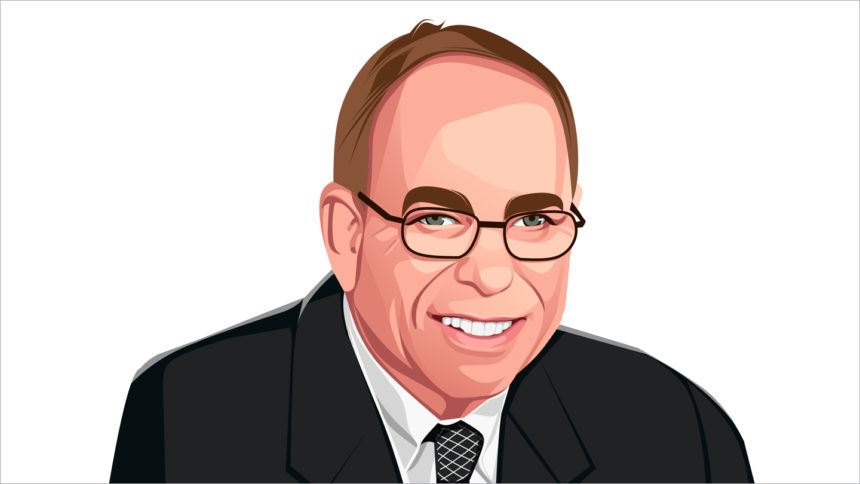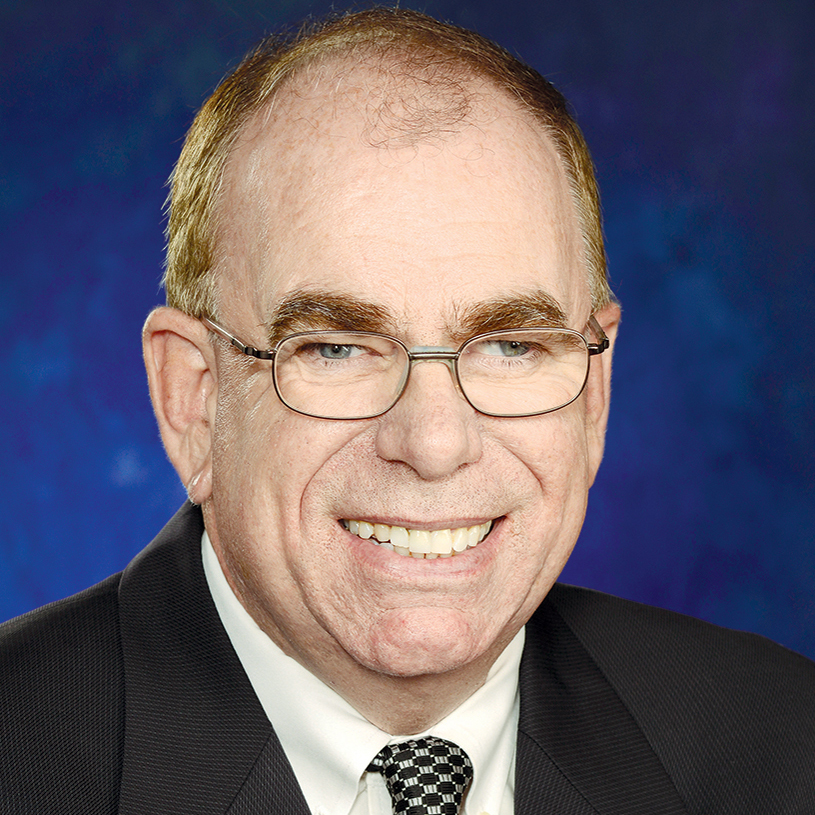

Once upon a time, senior living organizations pitched themselves as the antidote to nursing homes.
Judging by the old brochures and what was being said at industry trade shows until a few years ago, senior living was all about offering residents more choice, more independence and more dignity. At least, when compared with those disgusting nursing homes down the street.
It was a marketing gamble that usually paid off. Sure, there were a few lean years here and there. But as a general rule, senior living (or what we then called assisted living) succeeded by offering the finer things in old life.
But as the saying goes, that was then …
In its quest for growth, the senior living field made two notable pivots. The first was accepting Medicaid payments. Some might say this was a Faustian bargain that watered down the whole concept of senior living as a better alternative. Regardless, for many struggling operators, the prospect of steady if lower payments sure beat the alternative: empty units.
The second shift was a bit more subtle. It amounted to finally saying the quiet part out loud. Namely, that senior living is, in fact, in the healthcare business.
It’s not hard to see why this latter change occurred. After all, the upside of joining the healthcare party could be substantial. More hospital discharges, perhaps tapping into Medicare funds, and a chance to sit at the adults’ table when it comes to senior care, to name but a few.
But the move is not entirely risk-free. One looming challenge: How to keep federal regulators at bay while competing against nursing homes for many of the same customers? With the passage of time, the “but we’re different” argument may become increasingly more difficult to defend.
Then there’s another major challenge that we haven’t heard mentioned much: higher labor costs. Let’s face it — if you are going to call yourself a healthcare player, then doesn’t it stand to reason that your workers — or at least the ones providing direct care and services — are, ahem, healthcare employees?
As for the possible consequences here, please allow me to turn your attention to what just happened in California.
There, legislation was just signed requiring a minimum wage of $25 per hour for healthcare workers (including those in assisted living communities).
Yes, transitioning to healthcare holds the promise of portfolio expansion and new revenues. But there are going to be new challenges as well. Starting with this eye-opener: Your most expensive cost of doing business (labor) just might become far more expensive.
John O’Connor is editorial director for McKnight’s Senior Living and its sister media brands, McKnight’s Long-Term Care News, which focuses on skilled nursing, and McKnight’s Home Care. Read more of his columns here.

